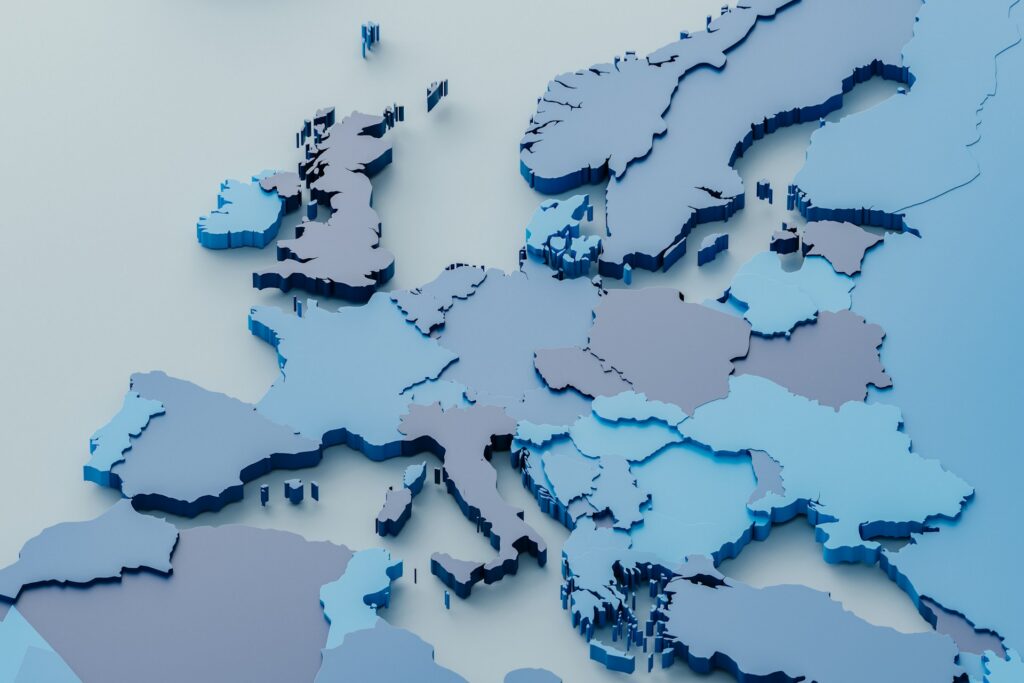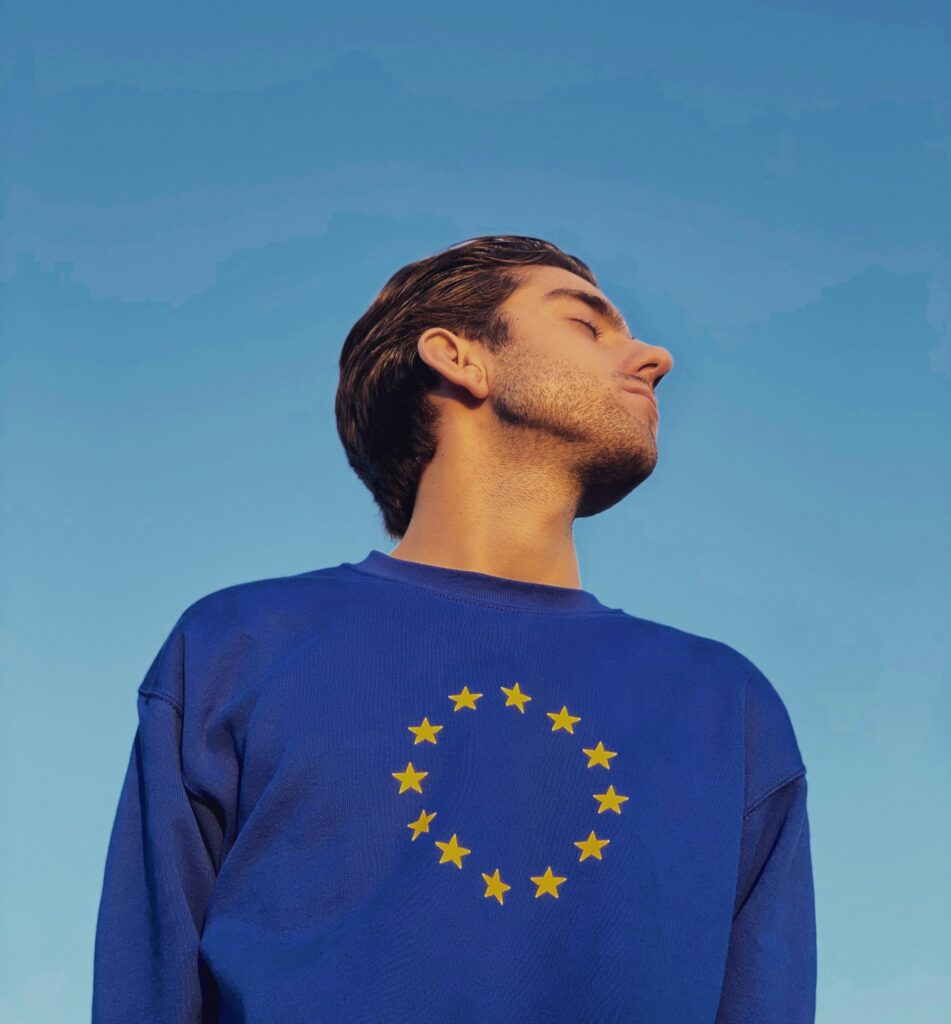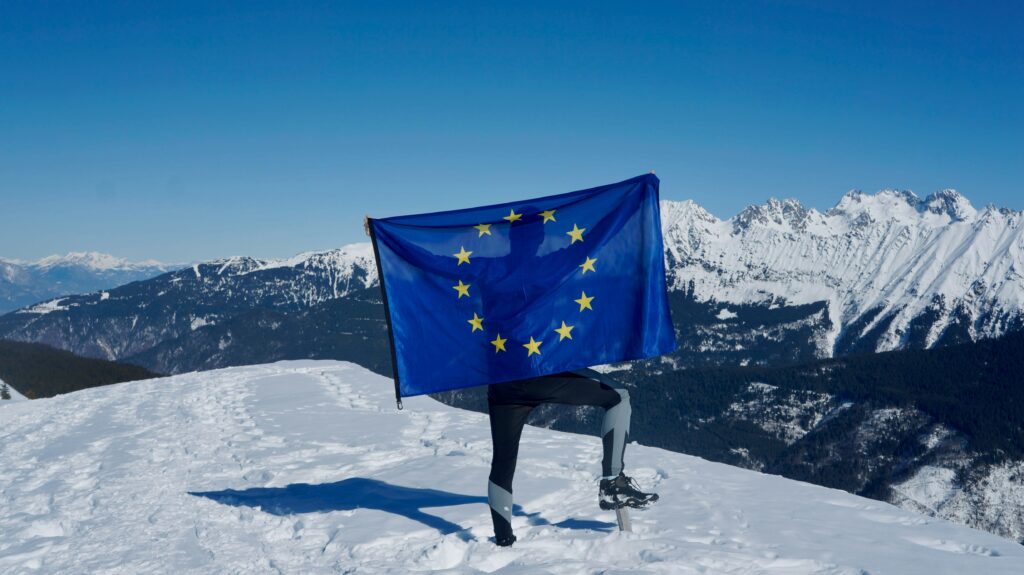Estonia, long hailed as Europe’s digital trailblazer, could hold the key to turning the EU’s latest startup strategy from lofty slogans into tangible success; but will Brussels let its most agile member state lead where it matters most – on execution?
In a somewhat classic Brussels move, the European Commission has unveiled a bold new strategy to woo startups and scaleups. Flashy slogans? Check. Multi-billion-euro funds? Check. A new acronym to remember? Double check: meet ETCI 2.0, the latest face of Europe’s ambitions to compete with Silicon Valley.
On paper, the strategy reads like a startup founder’s dream: a reinforced European Innovation Council, a new “EU Inc.” blueprint to unify fragmented markets, promises of talent pipelines, infrastructure upgrades and enough capital mobilisation acronyms to make your pitch deck blush. But does it go beyond press release buzz? We asked six experts – from VCs to government insiders – to take the pulse of Europe’s latest scaleup seduction. The responses were… let’s say, “founder honest.”
Bureaucracy in a unicorn costume?
Peeter Koppel, the chief investment officer at Redgate Wealth, isn’t buying the hype just yet. “The Scaleup Europe Fund is a good example of public optimism meeting private reality,” he says. While the EU may juggle impressive-sounding instruments like InvestEU and the EIF with flair, “in practice, it’s just more bureaucracy and hesitation.”

Europe, Koppel argues, remains allergic to failure – the secret sauce behind the US tech boom. “Until we build a real risk-taking equity culture, not one run by well-meaning officials promoting ‘gender-balanced angel networks’, we’ll keep raising unicorns that eventually move to Delaware.”
He believes the EU’s problem is not a lack of ambition, but an allergy to real, unfiltered risk. “Mobilising billions in private capital only works if investors believe there’s a real shot at returns – and right now, many are unconvinced.”
Estonia as the EU’s MVP?
Rando Rannus, the managing partner at Siena, sees potential in the EU Inc. framework but is sceptical about execution. “It’s great that we finally have an EU-wide strategy, but let’s not expect fairy-tale outcomes.”
His solution? Let countries like Estonia take the reins. “We already have the digital infrastructure, e-residency and founder-friendly regulations. Centralise the vision, but delegate execution to where things actually get done.”

Rannus also points to a strategic blind spot: secondary markets. “While the strategy backs growth funds and VC capital, without a functional secondary market for liquidity, we risk leaving founders and early employees locked in. The US is miles ahead here.”
Less slogans, more seamlessness
Rainer Sternfeld, the managing partner at Nordic Ninja, puts it bluntly, “The EU often produces long, vague documents with flashy slogans like ‘Blue Carpet’ that say little of substance.”
What founders really want is seamless talent mobility, simpler taxation on stock option, and regulators who support rather than hinder innovation.
Sternfeld sees a clear path: integrate e-residency and other national ID platforms into the EU Inc. playbook. “Points 4 and 5 in the strategy – talent and access to infrastructure – are actually good. But they need real implementation, not just headline energy.”

He also adds that integration should go beyond Estonia. “Finland and Denmark have strong digital ID systems too. Let’s build interoperability rather than yet another Brussels silo.”
A single market? More like 27 country clubs
Priit Martinson from KPMG calls out the elephant in the room: Europe isn’t one country, it’s 27. And when each has its own tax code, legal system and language, “scaling from one EU country to another is often as complex as expanding to the US or China.”
He gets specific. “There are 35+ stock exchanges in the EU. The US has Nasdaq. Enough said.” This fragmentation discourages investment and drives startups abroad. “Many US VCs skip EU legal entities altogether, which often forces ambitious European companies to redomicile just to raise capital.”

Martinson believes the EU’s new strategy acknowledges these challenges but doesn’t go far enough. “We need a true Capital Markets Union and a consolidated EU Nasdaq equivalent. Until then, we’ll keep exporting our success stories.”
Estonia’s secret weapon: e-residency
For Liina Vahtras, the managing director of Estonia’s e-residency, the Commission’s vision validates something Estonia already knows: borderless entrepreneurship is the future. “Nearly half of our e-residents are EU citizens, already using Estonia as their digital base,” she notes. The system is fast, API-powered, and legally sound. “As the EU eyes a 28th legal regime for startups, Estonia’s model is already working.”
She emphasises the importance of scale. “Digital tools are only as effective as the legal clarity and operational framework behind them. Estonia has both. That’s why we’re ready to help shape this pan-European regime.”

Cautious optimism, with a startup twist
Vaido Mikheim from Startup Estonia keeps his startup hat on. “Yes, Europe has tried before. Yes, it has failed before. But this is a step in the right direction.”
He believes in building while flying. “The startup way is to get going and adjust course. Estonia has lessons to share – from e-residency to our physical founder community. We can help Europe edge-nudge-sneak its way to a real single market.”
Mikheim also stresses the role of the community. “Policy is important, but so is the cultural infrastructure – founder societies, local angel networks, informal mentoring. Europe has the bones; we need to wire them together.”

So, swipe right or left?
The new EU strategy is ambitious, idealistic, and maybe a little late to the party. It tries to court founders with slogans and funding pledges, but risks falling into its old habit: creating frameworks no one really uses. Still, there’s movement. And movement is better than inertia.
The key to turning this from yet another glossy PDF into real results? Let doers lead. Let execution happen at the edges, where digital government isn’t just a buzzword but an API call. And most of all, let Europe finally get comfortable with the idea that building great things means failing big now and then.
As one founder might put it: “The pitch is solid. Now show me the product.”

